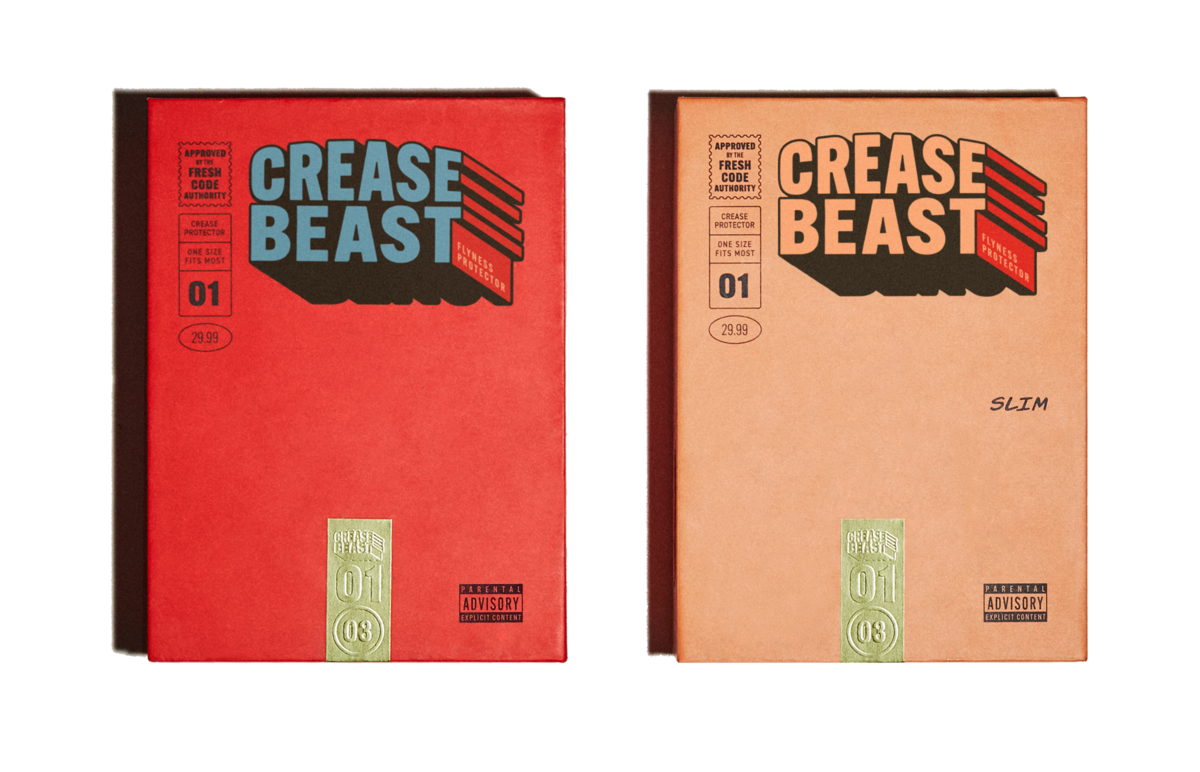Creases and Environmental Impact of Footwear
Footwear is not only a fashionable accessory but also a necessary part of our daily lives. However, the choices we make when it comes to our footwear can have a significant impact on both the environment and the longevity of our shoes. In this article, we will explore the key factors that impact creases and the environmental impact of footwear, shedding light on sustainability, material choice, and the manufacturing process.
The Impact of Creases
Creases, those lines or folds that appear on the surface of shoes, are not just an aesthetic concern. They can also affect the overall performance and durability of footwear. When shoes crease excessively, it can lead to discomfort and potentially even injury. Moreover, excessive creasing can cause structural damage, resulting in an overall decline in the longevity of the shoe.
One of the key factors that can contribute to creasing is the choice of material. While soft and flexible materials, such as leather or certain synthetic fabrics, can provide comfort and allow for natural movement, they are also more prone to creasing. On the other hand, stiffer materials, such as some types of rubber or plastic, may resist creasing to a greater extent but can compromise overall comfort. Finding the right balance between flexibility and crease-resistance is crucial.
The Environmental Impact
When discussing the environmental impact of footwear, several aspects come into play. One of the most significant factors is the choice of materials. Some materials used in footwear production, such as leather, require extensive resources like water, land, and energy. Additionally, the use of toxic chemicals in processing leather can have detrimental effects on both local ecosystems and human health.
Sustainability has become a key consideration in the footwear industry. Brands are increasingly exploring alternative materials like recycled plastic, organic cotton, and plant-based fibers, which reduce the environmental impact associated with traditional materials. Additionally, some companies are incorporating eco-friendly manufacturing processes, such as energy-efficient production and recycling initiatives, to further minimize their carbon footprint.
Material Choice and Manufacturing Process
Choosing the right materials and manufacturing processes is crucial in minimizing the environmental impact of footwear. Some materials, like recycled rubber or hemp, offer sustainable alternatives to traditional options. These materials can be more durable, reducing the need for frequent replacements and ultimately decreasing waste.
However, it is essential to acknowledge that there are tradeoffs when it comes to material choices. While sustainable materials may offer environmental benefits, they might not always match the performance and comfort of traditional materials. Finding a balance between sustainability and functionality is a continuous challenge for footwear designers and manufacturers.
The manufacturing process itself also plays a significant role in the environmental impact of footwear. Energy consumption, waste generation, and emissions all need to be carefully managed throughout the production cycle. Innovative approaches, such as waterless dyeing and lean manufacturing, aim to reduce waste and improve efficiency, contributing to a more sustainable industry.
The Importance of Consideration
Understanding the creases and environmental impact of footwear is crucial in making informed decisions as consumers. By considering factors like material choice and manufacturing processes, we can contribute to a more sustainable future for the industry. It is essential to support brands that prioritize eco-friendly practices and encourage innovative solutions that minimize environmental harm.
Ultimately, the responsibility lies not only with brands and manufacturers but also with us, the consumers. By choosing durable and responsibly-made footwear, we can reduce waste and contribute to a more sustainable fashion industry.
